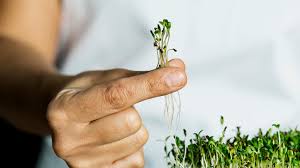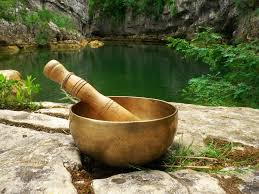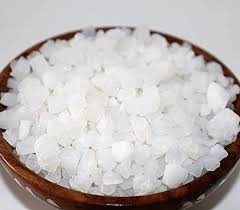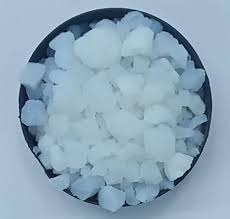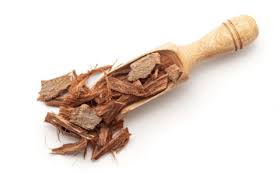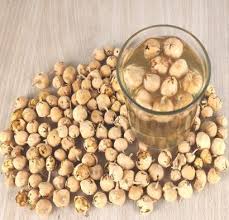
How Tribal Communities Use Banslochan Medicinally
Banslochan, also known as bamboo silica or bamboo manna, is a natural substance extracted from the nodes of female bamboo plants. While it’s often highlighted in mainstream Ayurveda, its value in indigenous healing is equally profound. Across India, especially in remote forest areas, tribal communities have utilized Banslochan for centuries in their traditional medicinal practices. Their deep-rooted knowledge of nature’s resources, passed down through generations, showcases the true power and versatility of this ancient herbal mineral.
In this article, we explore the rich ethnobotanical legacy of Banslochan among India’s tribal populations—its uses, applications, cultural value, and integration into holistic healing rituals. This deep dive aligns with Dirghaanshi’s mission to revive, honor, and promote the forgotten gems of traditional Indian wellness systems.
🌿 Long Description
- Understanding Banslochan: A Tribal Perspective
Unlike the standardized formats in classical Ayurvedic texts, tribal knowledge of herbs like Banslochan is more experiential and practical. Tribes in states like Chhattisgarh, Odisha, Jharkhand, and Madhya Pradesh refer to Banslochan using local names and revere it as a ‘sacred powder’ that can cure ailments, strengthen immunity, and restore vitality.
For these communities, Banslochan is not just an ingredient—it’s a part of life. It’s gathered seasonally, processed carefully, and used respectfully, often involving prayers and rituals that acknowledge nature’s role in healing.
- Key Medicinal Uses of Banslochan in Tribal Remedies
Tribal healers (locally called Vaidyas or Ojhas) have specific recipes that incorporate Banslochan for varied therapeutic purposes. Some of the notable uses include:
a) Boosting Immunity and Strength
In several tribes, a powdered mixture of Banslochan, Ashwagandha, and honey is administered to children and the elderly to improve immunity, especially during weather transitions or post-illness recovery.
b) Treatment for Respiratory Disorders
Banslochan is believed to have soothing and expectorant properties. Tribes use it to treat coughs, asthma, and throat infections by blending it with natural resins like guggul or warm herbal teas.
c) Women’s Health and Postnatal Care
Tribal midwives traditionally prescribe Banslochan to new mothers for postnatal recovery. It’s considered to help balance the body’s elements, reduce weakness, and increase milk production when mixed with herbs like Shatavari.
d) Wound Healing and Skin Care
The paste of Banslochan is applied externally to minor wounds, burns, or rashes for its antibacterial and anti-inflammatory action. Mixed with neem and turmeric, it forms a powerful natural ointment.
e) Bone Strength and Joint Pain
Many older tribal members rely on formulations containing Banslochan to reduce joint stiffness. Combined with sesame oil and dashmool, it’s used in massages to rejuvenate the body and improve flexibility.
- Cultural and Ritual Significance
Beyond its medicinal role, Banslochan holds cultural importance. Certain tribal communities burn bamboo at ritual events, collecting the residue (including Banslochan-like ash) as a sacred element believed to ward off negative energy and disease. It’s also part of traditional birth and death ceremonies, symbolizing purification and continuity. - Harvesting and Preparation Techniques
Tribal knowledge includes intricate methods of harvesting Banslochan, which differ significantly from industrial extraction. Here’s how it’s typically done:
Bamboo stems are selected only during certain lunar phases to maintain their energy purity.
Only mature female bamboo is considered.
The white crystalline substance is carefully scraped and stored in earthen pots away from moisture.
No chemicals or preservatives are used—everything is natural, time-tested, and based on observation and tradition.
This respect for nature ensures sustainability and efficacy, qualities often lost in commercial processing.
- Comparative Insight: Tribal vs. Classical Ayurvedic Use
While Charaka Samhita and other classical Ayurvedic texts refer to Banslochan for ailments like cough, infertility, and general debility, tribal applications expand beyond this. Their use is more localized, intuitive, and tied to ecosystem knowledge. Where Ayurveda might recommend Banslochan as a rasayana, tribal healers might blend it with forest resins or roots for a more complex remedy.
This dynamic adaptability makes tribal medicine a rich, often underappreciated, complement to formal systems.
- Case Studies from Indian Tribes
Here are a few real-world tribal practices using Banslochan:
Baiga Tribe (Madhya Pradesh): Use Banslochan mixed with mahua oil to treat chest infections.
Santhal Tribe (Jharkhand): Administer Banslochan with black pepper for fevers and chills in children.
Kondh Tribe (Odisha): Apply a paste of Banslochan and forest honey to insect bites and fungal infections.
Gond Tribe (Chhattisgarh): Combine it with rice water and vetiver to calm anxiety and insomnia.
- Why This Knowledge Must Be Preserved
With the rise of allopathy and modern pharmaceuticals, tribal traditions are often neglected or dismissed. But these communities hold ancient keys to healing that are cost-effective, environmentally safe, and deeply rooted in sustainability.
Documenting how tribes use Banslochan is not just an academic exercise—it’s essential for preserving biodiversity, respecting indigenous rights, and expanding our understanding of natural medicine.
- Safety and Ethical Considerations
While Banslochan is natural, using it without proper guidance—especially from unknown or unclean sources—can be harmful. It’s vital to ensure:
Ethical sourcing (avoid harming bamboo populations).
Authenticity (many powders in the market are adulterated).
Dosage (even natural ingredients need proper usage to be effective).
Whenever possible, collaboration with tribal healers and Ayurvedic practitioners is ideal for understanding and safely incorporating these remedies.
- Modern-Day Relevance and Usage
Today, as people search for natural alternatives to chemical-laden medicines, Banslochan is making a quiet comeback. Brands inspired by traditional healing, like those promoted by platforms such as Dirghaanshi, are revisiting these tribal secrets with modern research and packaging them into sustainable wellness solutions.
Whether in teas, balms, or capsules, Banslochan offers a bridge between ancient knowledge and current health challenges.
✅ Conclusion
The medicinal use of Banslochan among tribal communities is a testament to the rich heritage of natural healing in India. Their intuitive, experience-based applications offer a holistic, sustainable approach that aligns perfectly with the vision of wellness and balance promoted by Dirghaanshi. By respecting and learning from these indigenous practices, we not only expand our understanding of natural health but also protect valuable traditions from being lost to time.


